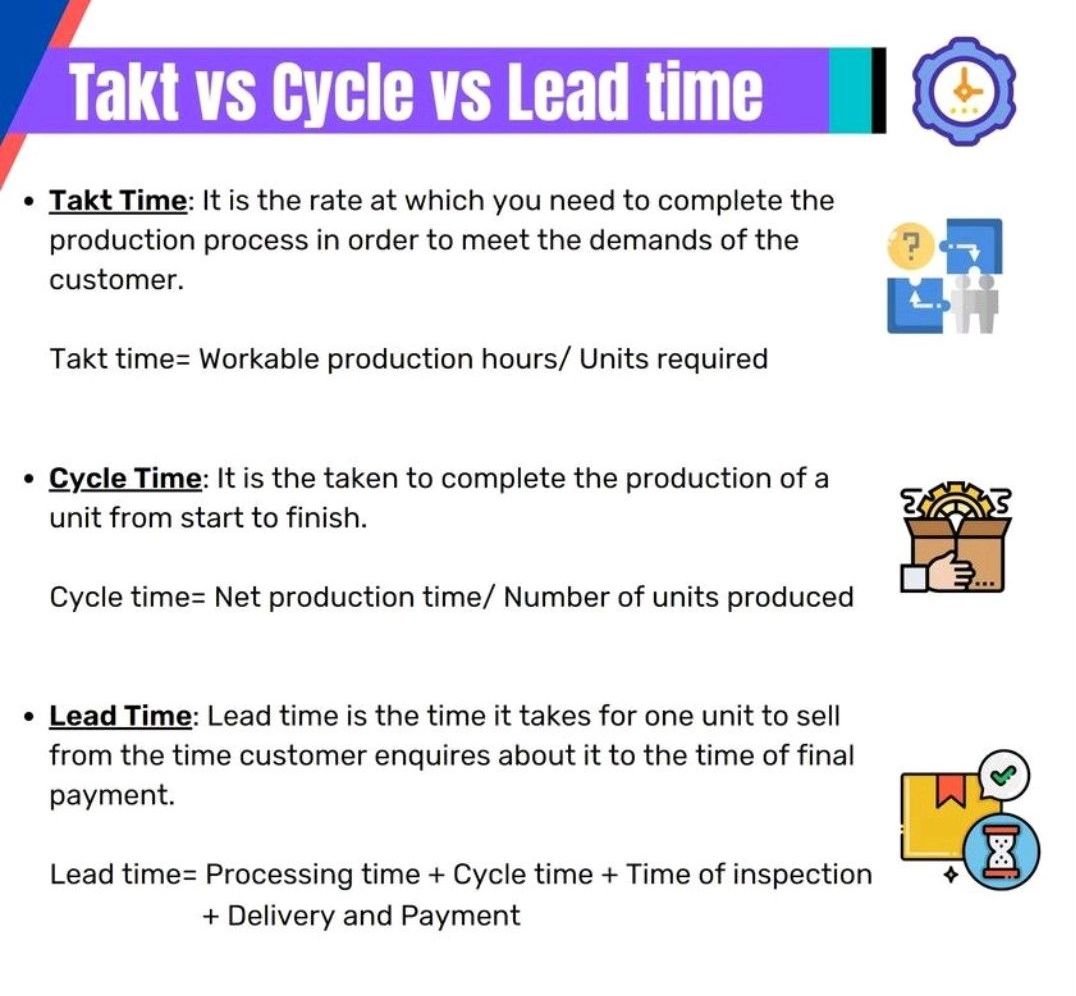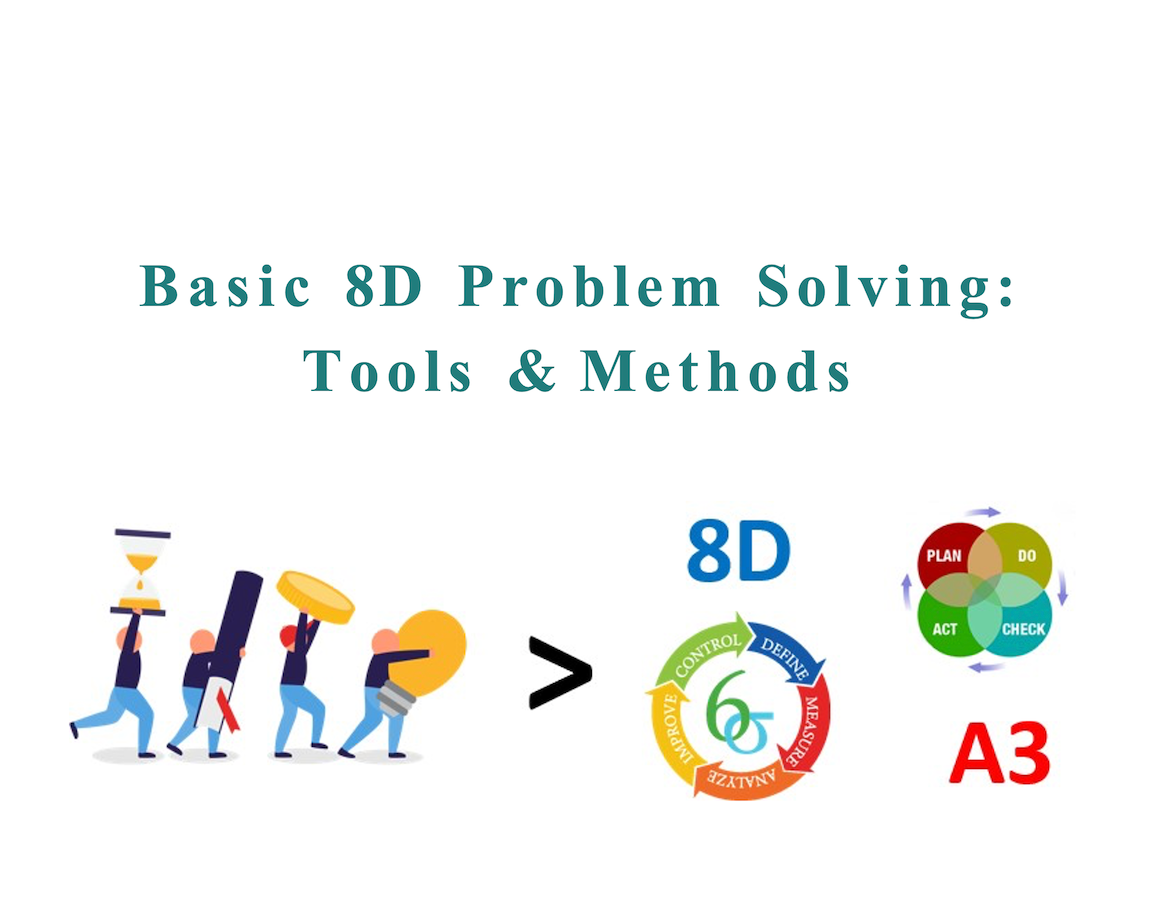Process improvement is crucial for organizations to achieve significant and sustainable improvements. However, many initiatives fail due to a lack of clarity and understanding, resistance to change, and a lack of follow-through. To overcome these challenges, it is essential to define clear goals and metrics, involve employees in the process, communicate the benefits of the initiative, assign clear roles and responsibilities, and establish regular check-ins to review progress. By addressing these obstacles, organizations can achieve the process improvements they need to succeed.
Continue reading









